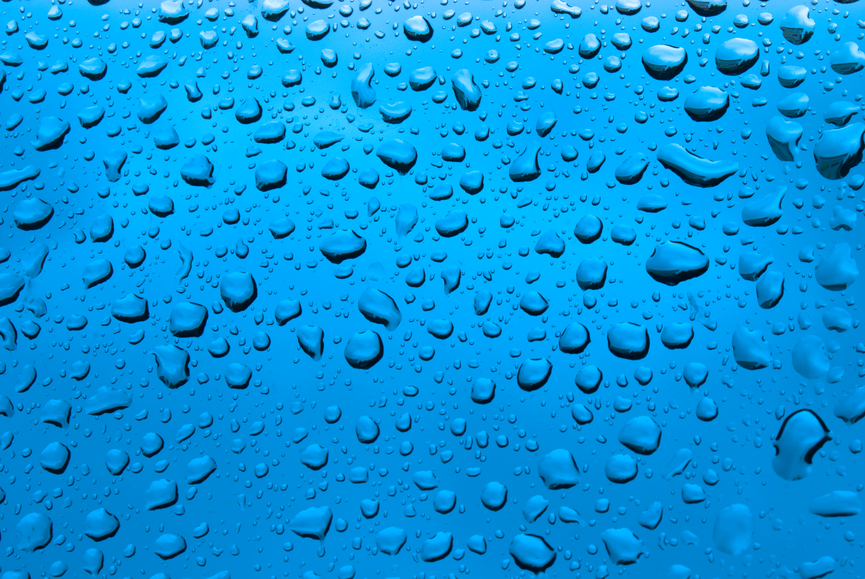In the last few years, micellar water has totally taken off. Bioderma spurred a craze for their world-famous Crealine H2O, which has been a mainstay for makeup artists and French girls everywhere. And Korean companies have had success with popular cleansing waters of their own, such as the Son & Park Beauty Water and the Neogen Real Flower Cleansing Water. But it’s not a newfangled invention or concoction – many formulas of micellar water are very similar to makeup removers and toners. Micellar refers to one of the structures that surfactants can form dissolved in water.
For a brief recap, surfactants are what’s added to cosmetic formulas to make ingredients that normally don’t mix (like oil and water) blend together more easily. Once on the skin they work to lift off oil and dirt from the skin, and absorb into a cotton pad.
The longer you leave micellar water on, the longer it has time to work off stubborn oils and waxes – like the ones found in waterproof makeup. I like to soak a cotton pad and slowly wipe it over my face, eyes, and lips—the gentle pressure and slight texture of the cotton pad will also help remove stubborn formulas.
Many micellar waters are described as “rinse-free”, but I would still recommend that you rinse your skin after cleansing with one – or going over your skin again with a water-soaked cotton pad. Surfactants left on the skin can disrupt the skin’s lipid layer, which can lead to irritation or too much moisture evaporating from within the skin.
The best thing about micellar waters are how quick and convenient they are. They’re also often a great option for someone who finds regular foaming cleansers too drying or irritating. So if you haven’t already, give micellar water a shot.
Already a micellar fan? Have a favorite to recommend? Let us know in the comments.
